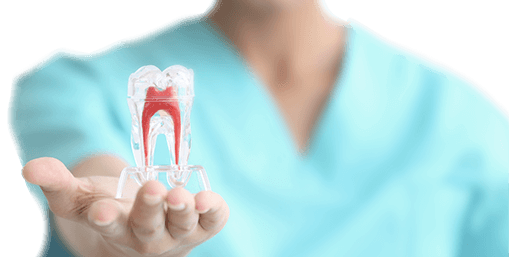
REFERENCES
Ozone (O3) was first discovered by Schonbein in 1840, and introduced as a disinfection for drinking water in the early 19th century

Ozone (O3) was first discovered by Schonbein in 1840, and introduced as a disinfection for drinking water in the early 19th century, by its powerful ability to kill or inactivate micro-organisms.
Researchers found that the adoption of this reactive oxygen species (ROS) over limited period of time can disinfect water supplies effectively, and suggested to be an alternative biocidal agent to chlorine.
In world war I, Ozone (O3) was used medically to treat wounds and other infections. Over 5,000 physicians worldwide routinely use this ROS in the medical practice.
Research concerning the anti-microbial efficacy of O3 has continued over the last twenty years and has conclusively shown the ability of this agent in both gaseous and aqueous solution forms to exterminate a wide range of bacteria, bacterial spores and viruses.
The potential of Ozone (O3) applies to dental treatment was initially employed during dental surgery.
Ozonated water has been reported to serve as an effective agent in the dental surgery where it is reported to promote haemostasis, enhance local oxygen supply and inhibit bacteria proliferation.
Reference
Edward, L., 2004. Ozone: The Revolution in Dentistry. Quintessence Publishing Co. Ltd.
